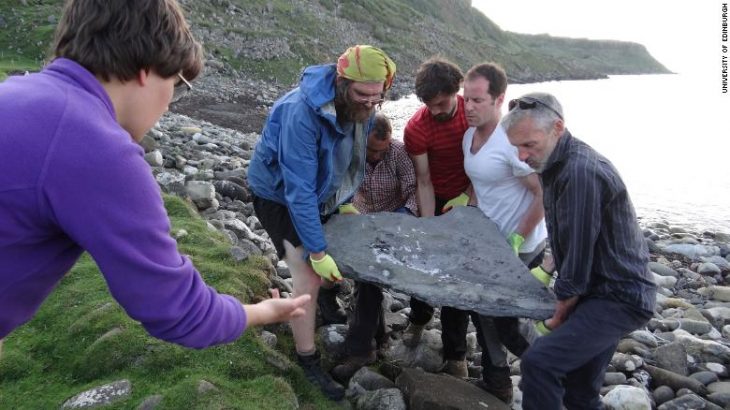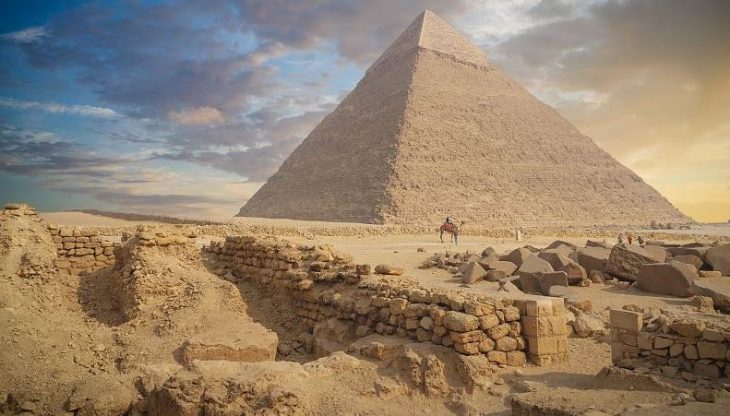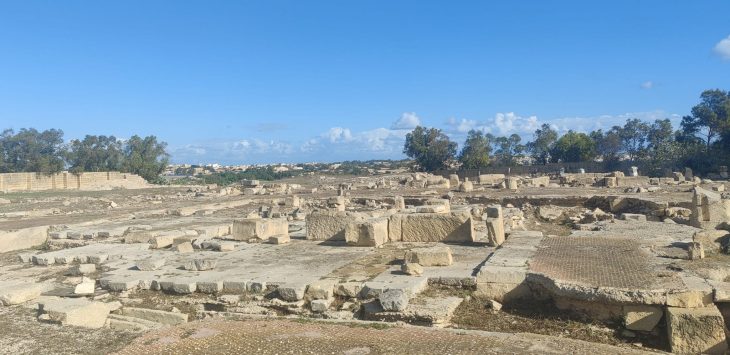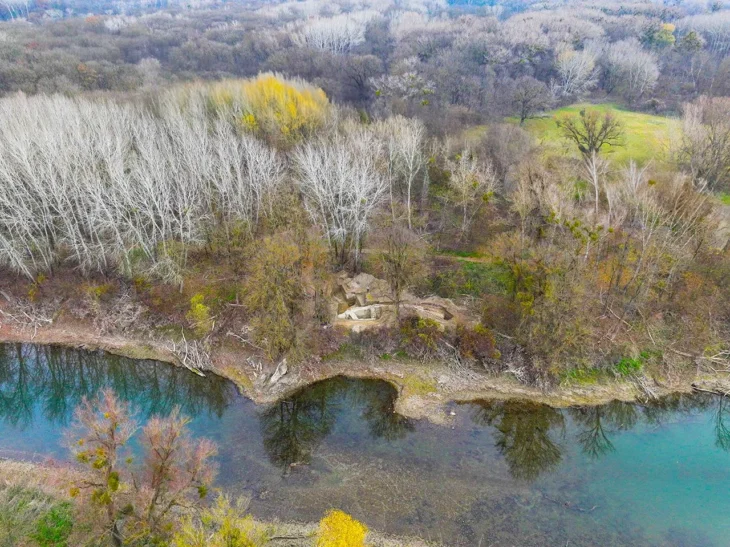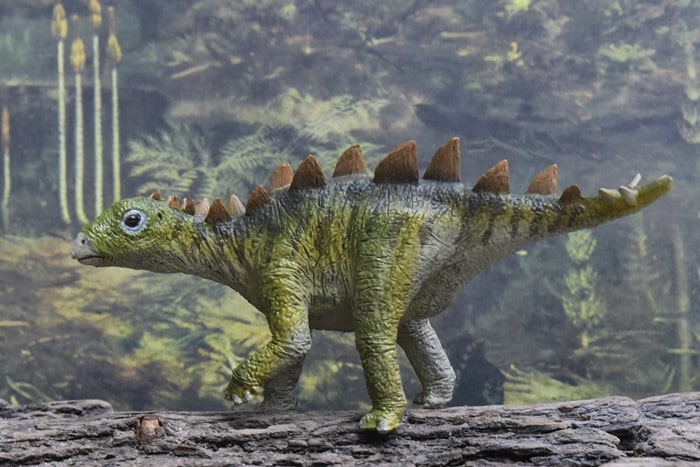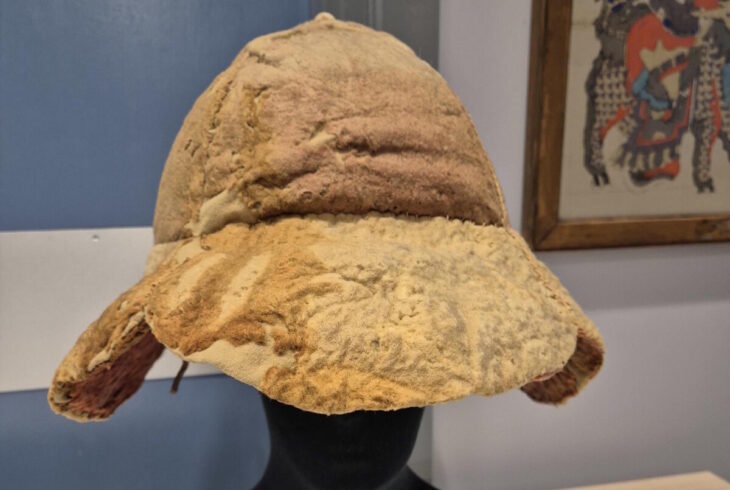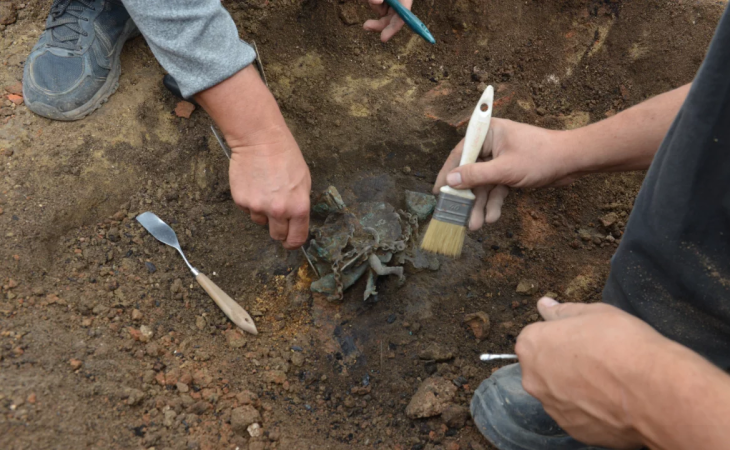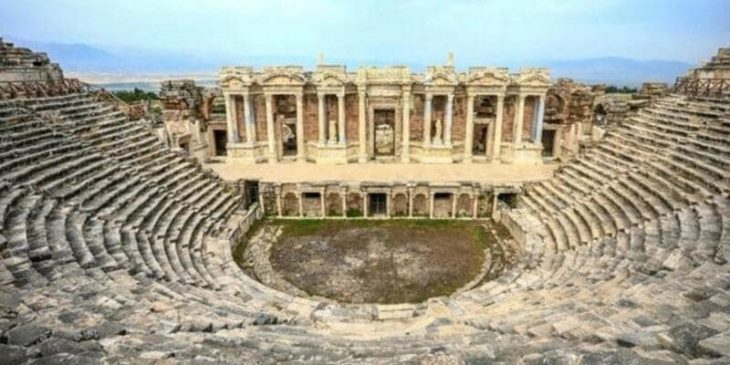Archaeologists have uncovered urn burial chambers containing the remains of 128 infants among the ruins of an ancient city of the Han Dynasty (202 B.C.- A.D. 220) in north China‘s Inner Mongolia Autonomous Region, according to local officials.
According to the regional cultural relics and archaeology research center, these burials with tiled coffins were largely discovered in Liangcheng County, Ulanqab City.
This is the first time that so many tiled coffins have been found in the county. Judging from the characteristics of unearthed coins, tiles, and pottery, they are believed to be tombs dating back to about 2,000 years ago.
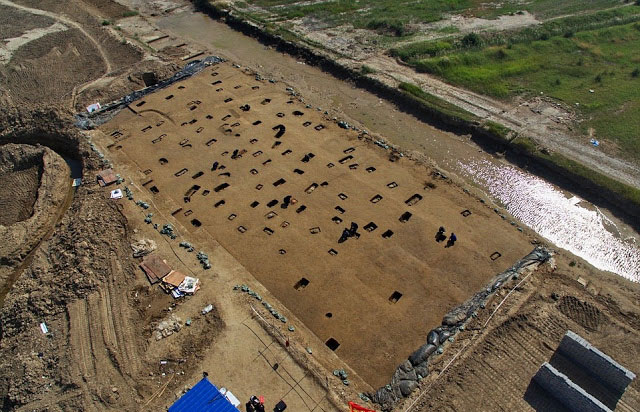
Wu Cheng, a researcher at Hohhot Museum, said that urn burial had been a rare and special type of burial for deceased children.
The discovery of these graves provides valuable material for studying funeral customs in the area as well as for understanding the funeral system of children in ancient China, Wu said.
📣 Our WhatsApp channel is now LIVE! Stay up-to-date with the latest news and updates, just click here to follow us on WhatsApp and never miss a thing!!

The urns were mainly used for the burial of children, although they were also employed infrequently for adults and were favored because they prevented wild animals from desecrating the bodies. In addition, some researchers believe the shape of the urns is reminiscent of a womb, which was regarded as accelerating the rebirth of the dead.
A local archaeological team started the excavation from May to October in the Daihai area of the region. Archaeologists in China have unearthed 128 tombs with burial urns since May from a single burial site. The urns date back to the period of the Han Dynasty (202 B.C.- A.D. 220), and they have been found in the city of Ulanqab at north China’s Hohhot Museum.


